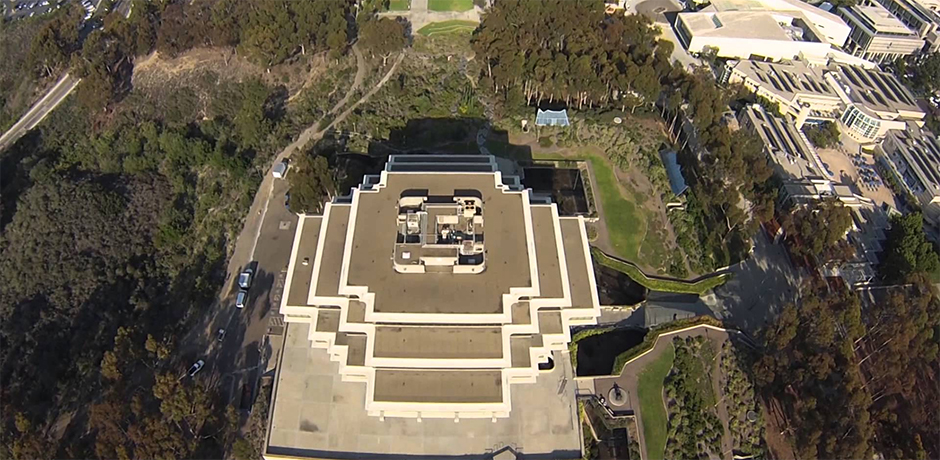News Release

Aerial image of UC San Diego campus featuring the distinctive architecture of Geisel Library in foreground
October 28, 2013
Airborne Imaging: Systems, Deployments, Practices and Capabilities
A team from CISA3 and its IGERT training program presented this paper at the Digital Heritage International Congress in October 2013. This paper presents a functional implementation of an unmanned aerial vehicle complete with image acquisition payloads for the documentation and virtual reconstruction of cultural heritage sites. First author Tom Wypych and his co-authors and fellow IGERT Ph.D. Trainees Vid Petrovic, James Strawson, as well as professors Maurizio Seracini, Tom Levy and Falko Kuester discussed technological advances in unmanned aerial vehicles, as well as contemporary practices in implementation, which have evolved in the direction of reducing costs, enabling new functionalities, and emerging applications in cultural heritage fieldwork. These advances are the basis for the design and execution of CISA3’s unmanned aircraft, which the team develops to collect unique and comprehensive datasets in challenging acquisition scenarios at active cultural heritage sites. The platform spelled out in this paper is able to perform visual imaging using a variety of acquisition triggers and mechanisms to enable high-resolution, in-plane site photogrammetry, oblique aerial examinations of large sites, and sequence acquisitions for use in structure-from-motion-based volumetric reconstructions of specific areas of interest. This data is in turn suitable for exploration with or without volumetric post processing techniques using visual analysis techniques using interactive high resolution tiled display inspection environments. The DigitalHeritage conference took place in Marseille, France.
